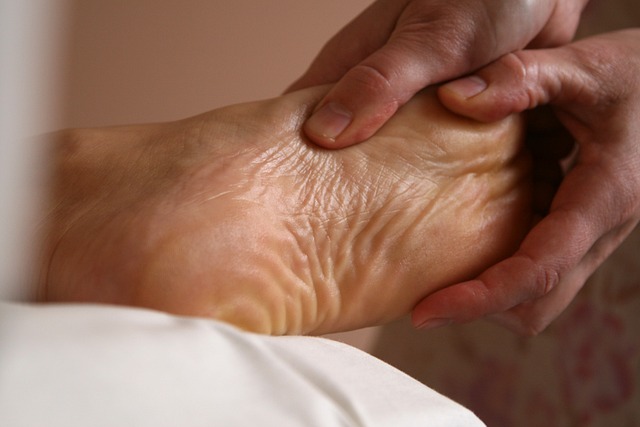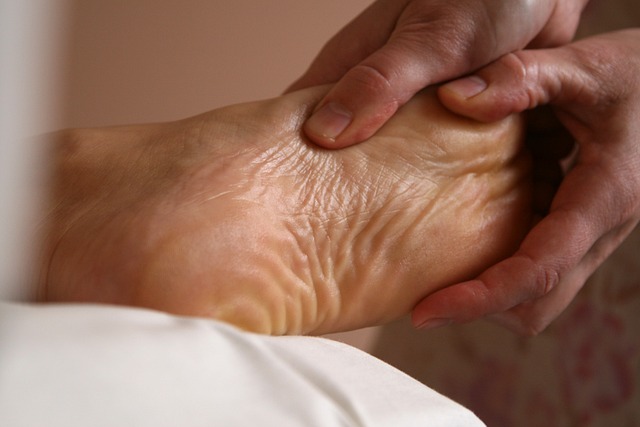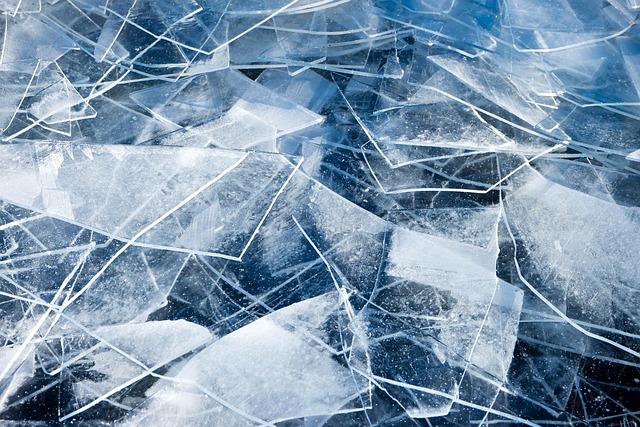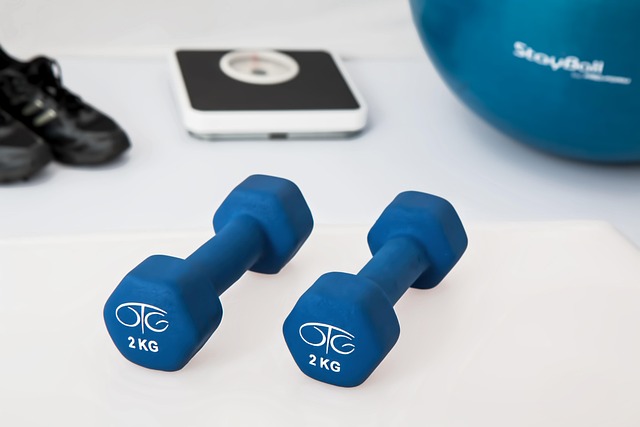Cold Therapy: Targeted Relief for Tendon and Ligament Sports Injuries

Cold therapy, especially cold compression, is an effective treatment for tendon and ligament injurie…….
Introduction
Sports injuries are an unfortunate yet inevitable part of athletic endeavors. The realm of sports medicine has consistently evolved, integrating various therapeutic modalities to aid in recovery and rehabilitation. Among these, cold therapy stands out for its efficacy in managing acute injuries and reducing inflammation. This comprehensive article delves into the multifaceted aspects of cold therapy for sports injuries, from its historical roots to modern advancements, global impact, economic considerations, technological innovations, policy regulations, challenges, case studies, and future prospects. Readers will gain a profound understanding of how this therapeutic technique plays a pivotal role in the healing process of athletes worldwide.
Understanding Cold Therapy for Sports Injuries
Cold therapy, also known as cryotherapy, involves the use of cold temperatures to reduce pain and swelling after an injury. It is one of the foundational treatments within sports medicine, aimed at alleviating inflammation and promoting healing. The core components of cold therapy include ice packs, cold water immersion, and cryochambers, each serving different purposes based on the severity and type of injury.
Historically, the application of cold to injuries dates back centuries, with ancient civilizations using snow, ice, and cold spring waters for healing. The modern era saw significant advancements in the 20th century, particularly with the advent of controlled cold therapy technologies that allowed for precise temperature regulation and longer application times without causing frostbite.
Global Impact and Trends
The influence of cold therapy for sports injuries spans across continents, impacting athletes of all levels, from amateur to professional. The global market for cold therapy equipment is driven by an increasing number of sports-related injuries, rising awareness among athletes about the benefits of cryotherapy, and advancements in technology.
Key trends shaping the trajectory of cold therapy include the rise in demand for portable and cost-effective treatment options, personalized recovery programs, and integrated cold therapy solutions within rehabilitation centers. Different regions have varying levels of access to these therapies due to factors like economic status, healthcare policies, and sports culture. For instance, countries with well-established sports programs and high-level professional leagues often have more comprehensive cold therapy infrastructure in place.
Economic Considerations
The economic aspects of cold therapy for sports injuries are multifaceted. Market dynamics are influenced by the prevalence of sports injuries, technological advancements, healthcare expenditure, and insurance coverage. Investment patterns reflect a growing interest in sports medicine as a whole, with significant funding allocated to research and development of new technologies.
Cold therapy has a role in economic systems by reducing healthcare costs associated with treating sports injuries and minimizing time lost from training and competition. It also contributes to the economy by creating jobs in manufacturing, distribution, and clinical services.
Technological Advancements
Significant technological advancements have transformed cold therapy for sports injuries into a more effective, efficient, and user-friendly treatment modality. Innovations such as advanced cooling systems, automated cryotherapy units, and smart wearables capable of monitoring temperature and application time have revolutionized the way cold therapy is administered.
These technologies not only enhance the healing process but also provide data that can be used to tailor treatment protocols to individual athletes’ needs. The future holds promise for even more sophisticated solutions, such as cryotherapy combined with light therapy or biofeedback systems to further optimize recovery.
Policy and Regulation
The governance of cold therapy for sports injuries is shaped by policies, regulations, and legislative frameworks that ensure safety, efficacy, and ethical standards. Regulatory bodies such as the U.S. Food and Drug Administration (FDA) and the European Medicines Agency (EMA) oversee the manufacturing, marketing, and use of cold therapy equipment.
These regulations protect consumers from potential harm while ensuring that only effective and safe products are available. Policies also guide the integration of cold therapy into sports medicine curricula for healthcare professionals and support research to validate its clinical benefits.
Challenges and Criticisms
Despite its widespread use, cold therapy for sports injuries faces challenges and criticisms. One significant issue is the lack of standardized protocols, leading to varied application methods and outcomes. Additionally, there are concerns regarding the potential overuse or misuse of cold therapy, which could result in inadequate treatment or injury exacerbation.
To address these issues, actionable solutions include establishing evidence-based guidelines for the use of cold therapy, promoting education among healthcare providers, and conducting further research to clarify its optimal application. Ensuring patient safety and efficacy through proper training and monitoring is also paramount.
Case Studies
Several case studies exemplify the successful application of cold therapy for sports injuries. One such example is the recovery of a professional soccer player who sustained an anterior cruciate ligament (ACL) injury. Through a combination of surgical intervention and targeted cold therapy, the athlete returned to professional play within a year.
Another case involves a high school track athlete who experienced a sprained ankle during competition. The athlete’s prompt use of cold therapy significantly reduced swelling and pain, allowing for a quicker return to training and competition. These cases highlight the importance of cold therapy in the recovery process and its potential to enhance athletic performance.
Future Prospects
The future of cold therapy for sports injuries is one of continued innovation and integration into comprehensive rehabilitation programs. Advancements in technology will likely lead to more personalized and effective treatments, with a focus on minimizing recovery time and maximizing athletic performance.
Collaboration between manufacturers, healthcare professionals, and researchers will be key to addressing current challenges and ensuring that cold therapy remains a safe and beneficial treatment option for athletes worldwide. As our understanding of the human body and sports medicine advances, cold therapy will undoubtedly evolve to meet the changing needs of the athletic community.
Conclusion
Cold therapy for sports injuries is a critical component of modern sports medicine, with a significant global impact and a promising future. Its widespread use across different regions and levels of competition underscores its importance in athlete recovery and performance enhancement. Through ongoing innovation, adherence to regulatory standards, and the resolution of existing challenges, cold therapy will continue to play a vital role in the healing process of athletes around the world.

Cold therapy, especially cold compression, is an effective treatment for tendon and ligament injurie…….

Cold water immersion (CWI), or cryotherapy, is a powerful tool for athletes aiming to speed up sport…….

Cold therapy, involving exposure to cold temperatures, is an effective treatment for sports injuries…….

The RICE method (Rest, Ice, Compression, Elevation) is a widely recommended initial treatment for ac…….

Cryotherapy, involving brief exposure to extreme cold via cold compresses or chambers, is a revoluti…….

The RICE method (Rest, Ice, Compression, Elevation) is a widely recommended strategy for managing sh…….

The RICE method (Rest, Ice, Compression, Elevation) is a widely recognized strategy for managing ove…….

Cold compresses, or ice packs, are a simple yet effective solution for sports-related pain and infla…….